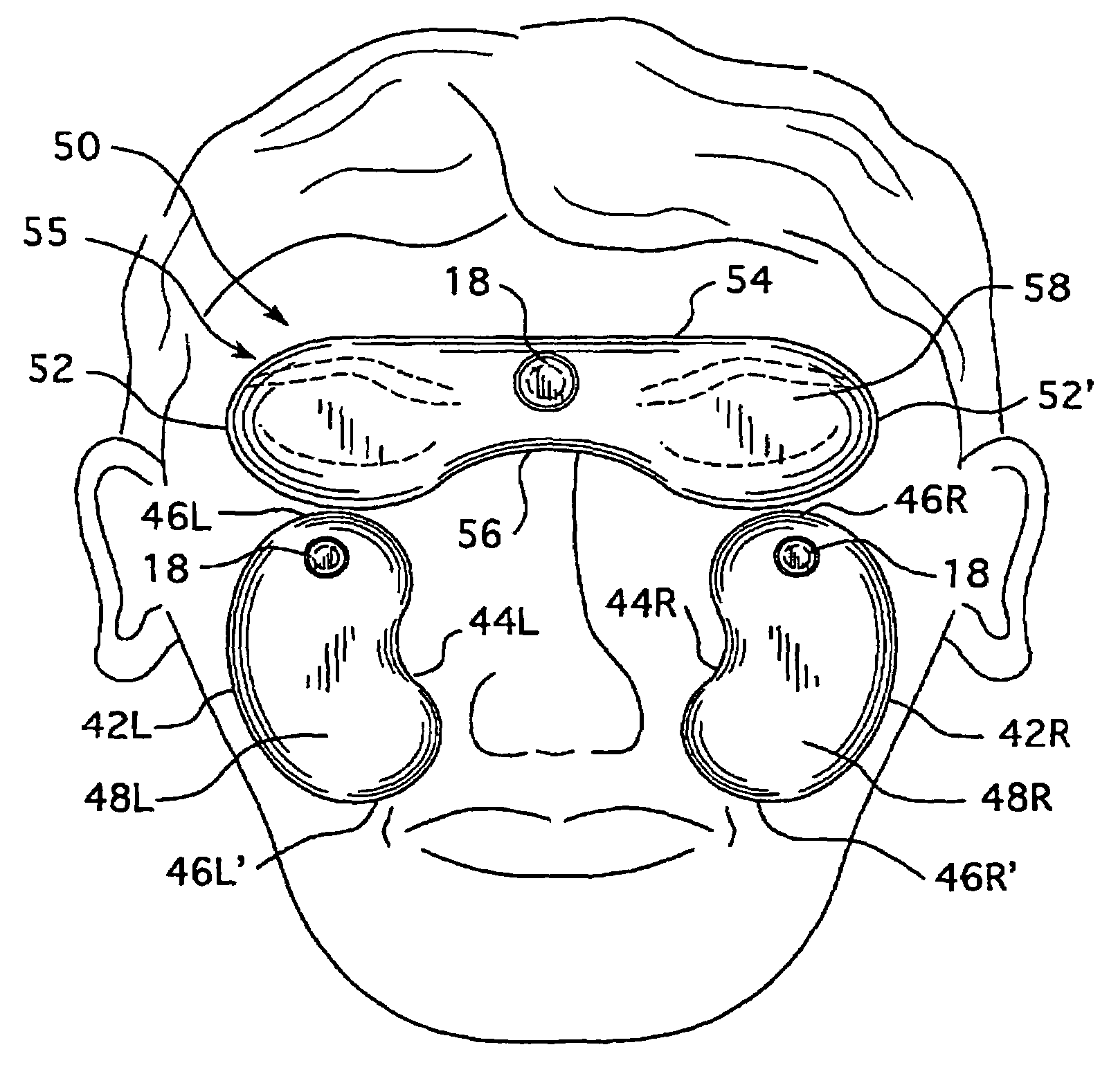Method of embalming with sand-filled weights
a weight and sand filling technology, applied in the field of embalming, can solve the problems of unforeseen and unnatural positions of the body, many difficulties in positioning the body, and morticians often are unable to satisfactorily position each portion of the body
- Summary
- Abstract
- Description
- Claims
- Application Information
AI Technical Summary
Benefits of technology
Problems solved by technology
Method used
Image
Examples
Embodiment Construction
[0026]The present invention provides a method and device for maintaining and / or restoring a cadaver to a substantially normal, lifelike appearance before, during and / or after the embalming process. In general, the device includes an embalming weight for positioning atop of, adjacent to or beneath a cadaver. The mass of the embalming weight exerts pressure on the cadaver and the fluids therein to control the amount of fluid present in the portion of the cadaver contacted by the embalming weight. While the present invention is described as an embalming weight since the device may be used during embalming to control the flow of embalming fluids, this is not meant to be limiting. The device may also be used to readjust the orientation of body parts prior to embalming. In addition, the present invention may be used to maintain body part position and / or control fluids for presentation of the cadaver during a funeral viewing or the like.
[0027]For purposes of the description hereinafter, th...
PUM
 Login to View More
Login to View More Abstract
Description
Claims
Application Information
 Login to View More
Login to View More - R&D
- Intellectual Property
- Life Sciences
- Materials
- Tech Scout
- Unparalleled Data Quality
- Higher Quality Content
- 60% Fewer Hallucinations
Browse by: Latest US Patents, China's latest patents, Technical Efficacy Thesaurus, Application Domain, Technology Topic, Popular Technical Reports.
© 2025 PatSnap. All rights reserved.Legal|Privacy policy|Modern Slavery Act Transparency Statement|Sitemap|About US| Contact US: help@patsnap.com



